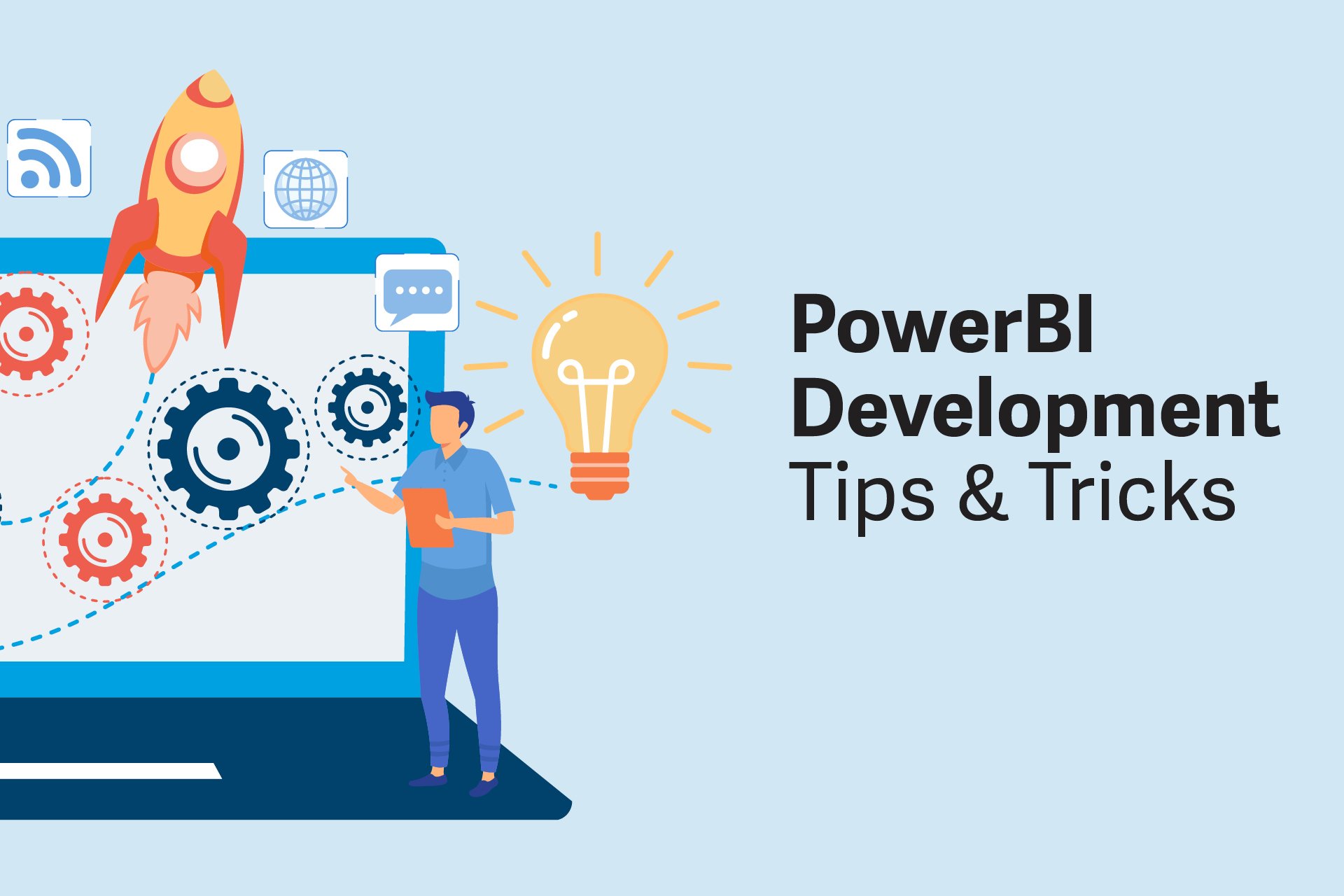Power BI Development Tips & Tricks
Development Time Savers
As a Power BI developer, I cherish any tips or tricks that can save me time and headaches. While these may be small, the time savings can add up over time. Here are a few of my favorites:
Developers can get blinded by the beauty of the data- it speaks to us and we use our fingers to speak back. Often I forget that the data is actually a fat eyesore to everyone that didn’t give birth to the report.An analysts first job is data interpretation; second in line is conveying the data.
1. Turn off auto-detection of new relationships
Have you ever imported a new table to your data model or entered a custom table only to later realize it had automatically created a relationship to another table in your model that was messing up your report?
You can avoid the hassle of having to delete these relationships by never allowing them to happen in the first place!
You can disable this in the Current File Options control center.
To find this go to File > Options & Settings > Options.
Scroll down to the Current File section and select ‘Data Load.’
Then uncheck the box, click ‘OK’, and you have eliminated that headache from ever happening to you again!
2. Change the default visual interaction from cross highlighting to cross-filtering
I have built and published many reports only to have users tell me that they attempted to cross-filter and did not get the expected result. In my experience, nearly everyone prefers cross-filtering to cross highlighting and I don’t always remember to adjust this visual interaction, so save yourself the user feedback and set it as default.
This is also found within the Current File settings, within the Report Settings section.
3. Ensure auto date/time is turned off in the global options
If this is enabled, Power BI will create a hidden date table for date-typed filed in your model.
This is Power BI’s way of trying to help you out in case you don’t have a dedicated date table, but it also increases the size of your model which will impact performance.
Use a dedicated date dimension table to improve performance and make your model more user-friendly.
Speaking of….
4. Have a go-to date table and mark it as a date table
There are several great DAX date tables out there that a simple Google search will return. Save a copy of that code somewhere that you can modify and reuse. Once you have generated this date table in DAX, mark it as the date table.
This will disable the auto date/time feature for you as well as simply the code for time intelligence functions.
5. Format multiple measures simultaneously in the model view
If you are writing a significant number of measures, rather than formatting them as you go, you can bulk format them once they have all been written.
You can do this in the model view. Ctl + Click to select the measures you would like to format similarly and then format them as desired in the Properties pane.
6. Organize your measures with folders
Once you have formatted your measures you can also assign them to folders to keep things organized and easier to find.
To do this, Ctl + Click to select the measures you wish to group together into a folder and then in the Properties pane, type in the Display Folder text box the name of the folder you wish to create or the name of the existing folder you wish to place the measures into.
You can also create sub-folders. For example, if you wanted to group your Sales Measures into different time period groupings.
To do this, again select the measures you wish to put into the sub-folder, then enter the parent folder name followed by a “\” and then the name of the sub-folder you wish to create/add too.
The result is a much cleaner view of your measures in your Fields pane.
7. Group visuals when creating bookmarks
I use bookmarks quite frequently in my report designs to create pop-out filter panes, report views, and other page aesthetics.
When creating/editing these bookmarks it can be a pane to select each visual you want to hide/unhide.
You can group these visuals together and then hide/unhide them all as a group.
This can be done by selecting the visuals you want to group in the Selection pane, then right-clicking and selecting “Group”.
The result is a grouping of your visuals that can be hidden/unhidden with 1 click.
These are just a few of the simple tips and tricks I use daily to speed up my development time and keep me sane. What tips and tricks do you frequently use? Leave a comment below!
Let’s Chat!
At FreshBI, we’ve lowered the barriers, risk and cost of developing world-class Power BI dashboards so that you can unlock the value in your data.
Contact us through the scheduling app to start a conversation about how our data visualization consultants can design your best Power BI dashboards today.
Our Latest Blogs
About FreshBI
Operating throughout USA and Canada, FreshBI is a boutique Microsoft Partner using Power BI to unlock the value trapped in your data so that your business can succeed.













